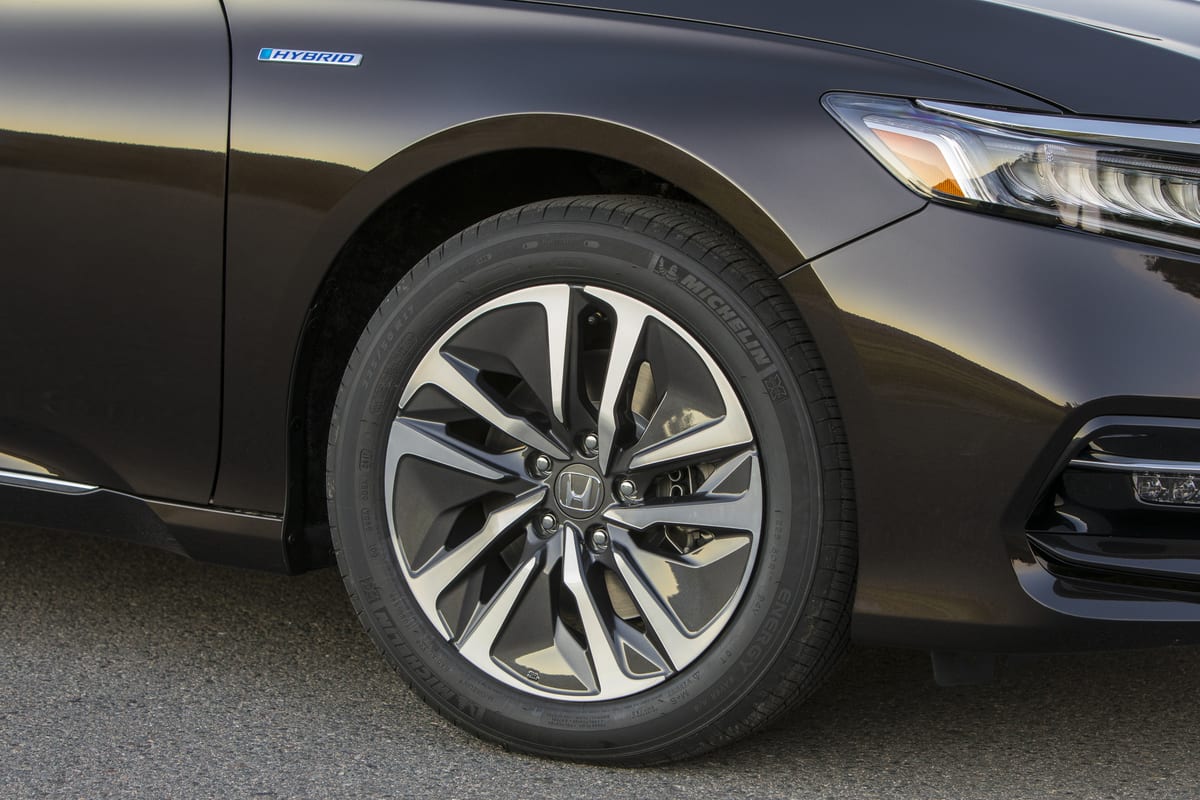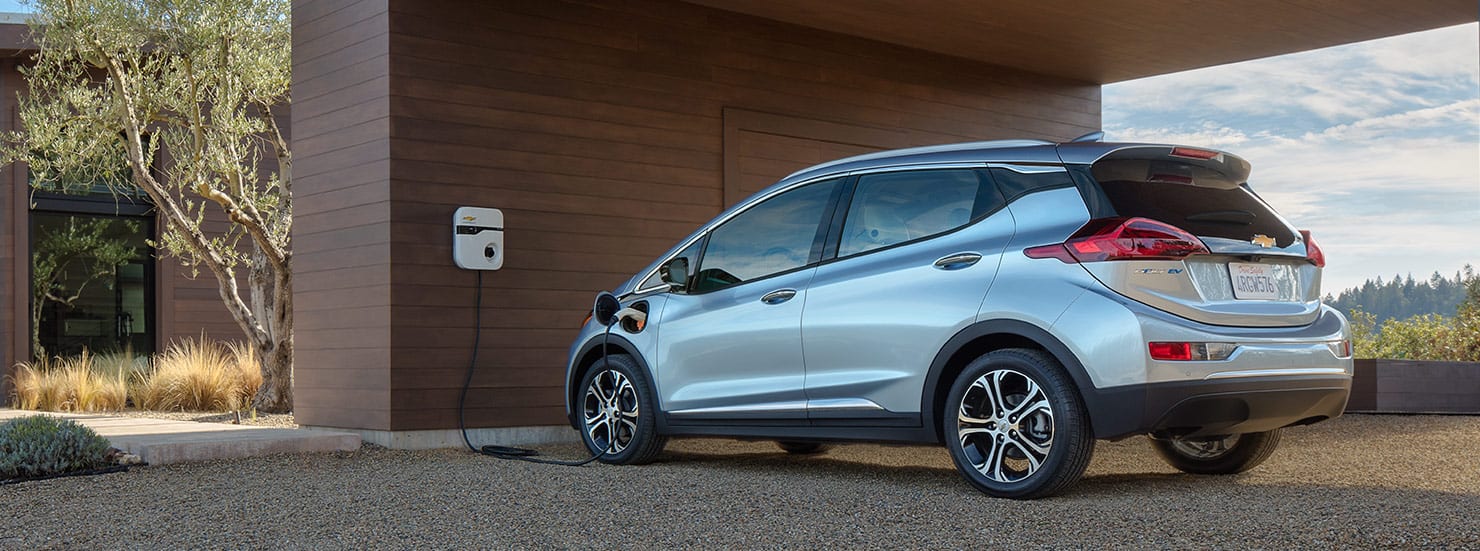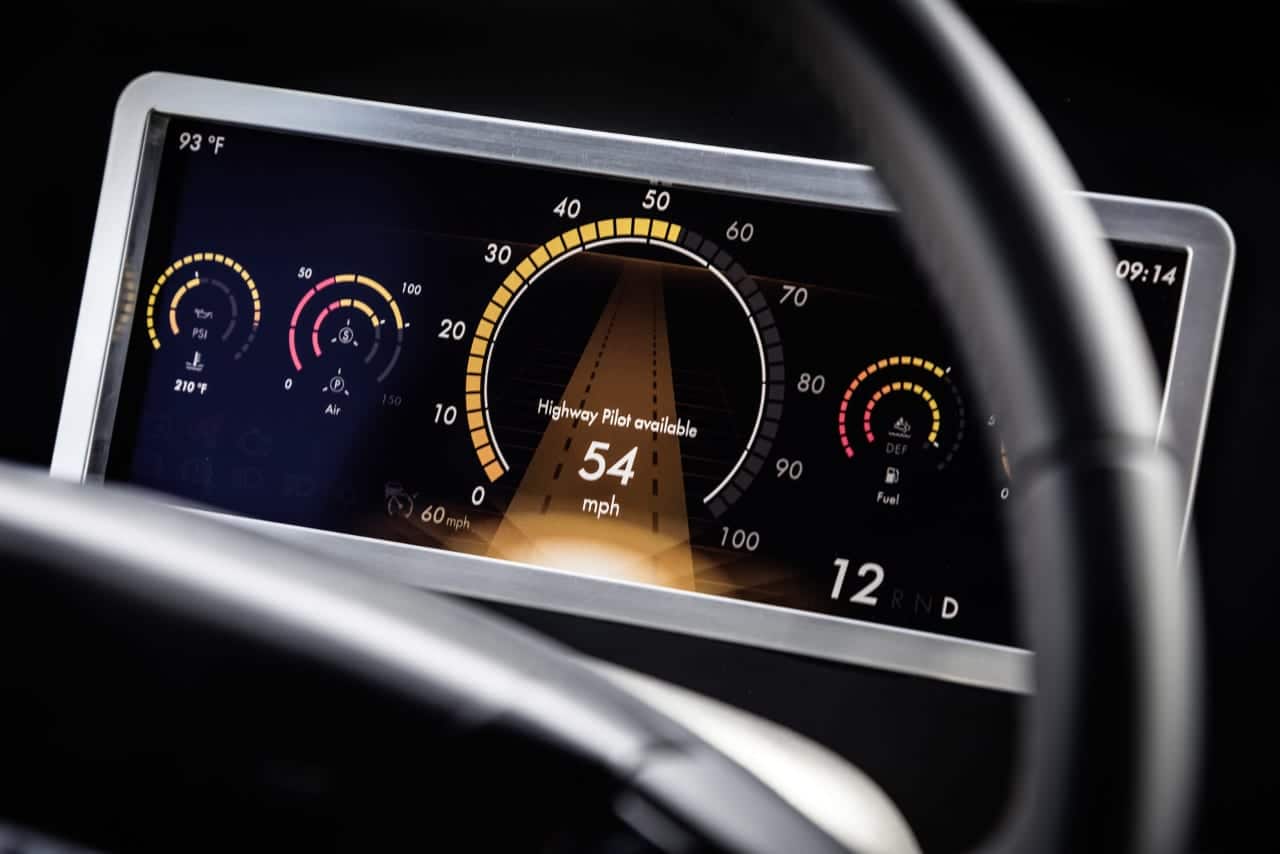Purchasing a salvaged Toyota Tundra can be a great way to save money on a high-quality truck, but it’s important to thoroughly inspect the vehicle before making a purchase. Salvaged vehicles have a history of damage and repair, and it’s important to ensure that the vehicle is safe and roadworthy before buying.
In this article, we’ll go through the steps you can take to inspect a salvaged Toyota Tundra before making a purchase. By following these steps, you can ensure that you are making an informed decision and getting the best value for your money.
Check the Vehicle History
A vehicle history report can provide information about the vehicle’s past ownership, accident history, title status, and other important details. You can obtain a vehicle history report from various online providers, such as Carfax, AutoCheck, and VINCheckPro. It’s important to review the report carefully and look for any red flags, such as a history of accidents, flood damage, or salvage titles.
Check the Frame
When inspecting the frame, you should look for signs of damage or repairs, as well as any rust or corrosion. It’s important to ensure that the frame is straight and not bent, as a bent frame can compromise the safety and handling of the vehicle. You can inspect the frame by visually inspecting the underside of the vehicle and looking for any signs of damage or wear.
Additionally, you can use a frame measuring tool to ensure that the frame is properly aligned and not bent. A bent or damaged frame can be expensive to repair or replace, so it’s important to carefully inspect the frame before making a purchase.
Inspect the Body
The body of the vehicle is responsible for protecting the passengers and other components of the vehicle, and any damage to the body can affect the vehicle’s safety, performance, and resale value. When inspecting the body, you should look for any signs of damage, such as dents, scratches, or rust. You should also check the body panels and seams for alignment and fit, as well as any signs of repairs or mismatched paint.
Additionally, you should check the doors, windows, and locks to ensure that they are functioning properly. It’s also a good idea to inspect the frame and undercarriage for any signs of damage or rust, as this can indicate that the vehicle has been in a serious accident or exposed to harsh weather conditions.
Check the Suspension
The suspension system is responsible for the vehicle’s handling, ride comfort, and stability, so it’s important to ensure that it’s in good condition. When inspecting the suspension, you should look for any signs of damage or wear, such as worn or damaged shocks or struts, broken or rusted springs, or loose or damaged suspension components.
You should also check the suspension alignment to ensure that the vehicle tracks straight and does not pull to one side. You can inspect the suspension system by visually inspecting the components, checking for leaks or damage, and test driving the vehicle to assess its handling and stability.
Check the Engine
The engine is the heart of the vehicle, and any problems with the engine can be costly to repair or replace. When inspecting the engine, you should look for any signs of damage, wear, or leaks. You should check the oil level and condition, as well as the color and smell of the oil. You should also inspect the belts, hoses, and filters for signs of wear or damage.
Additionally, you should check the battery, starter, alternator, and other electrical components to ensure that they are functioning properly. It’s also a good idea to perform a compression test and leak-down test to assess the condition of the engine.
Check the Transmission
The transmission is responsible for transferring power from the engine to the wheels, and any problems with the transmission can be expensive to repair or replace. When inspecting the transmission, you should look for any signs of damage or wear, such as leaks, worn gears or bearings, or slipping or rough shifting. You should check the transmission fluid level and condition, and ensure that it is not burnt or discolored.
Additionally, you should check the transmission mount to ensure that it is not damaged or worn. It’s also a good idea to test drive the vehicle and pay attention to how the transmission shifts and performs.
Check the Brakes
The brake system is responsible for slowing and stopping the vehicle, so it’s important to ensure that it’s in good condition. When inspecting the brakes, you should look for any signs of wear or damage, such as worn brake pads or shoes, damaged rotors or drums, or leaking brake fluid. You should also check the brake lines and hoses for signs of damage or wear.
Additionally, you should test drive the vehicle and pay attention to how the brakes feel and perform. If the brakes feel spongy or do not provide enough stopping power, it may indicate a problem with the brake system.
Check the Electrical System
The electrical system is responsible for powering the vehicle’s lights, radio, and other accessories, so it’s important to ensure that it’s in good condition. When inspecting the electrical system, you should check the battery to ensure that it is in good condition and has a sufficient charge. You should also inspect the alternator and starter for signs of wear or damage.
Additionally, you should test the vehicle’s lights, radio, air conditioning, and other electrical accessories to ensure that they are functioning properly. It’s also a good idea to check the vehicle’s fuses and relays to ensure that they are not blown or damaged.
Have a Professional Inspection Done
While you can perform a visual inspection yourself, a professional mechanic can provide a more thorough and accurate assessment of the vehicle’s condition. A professional inspection typically includes a detailed inspection of the engine, transmission, suspension, brakes, and electrical system, as well as a test drive to assess the vehicle’s performance and handling.
The mechanic may also use specialized tools and equipment, such as a compression tester or diagnostic scanner, to identify any hidden problems or issues. While a professional inspection may cost a few hundred dollars, it can save you thousands of dollars in potential repair costs and provide peace of mind knowing that you are making a wise investment.
In conclusion, purchasing a salvage Toyota Tundra requires a bit of extra caution and inspection to ensure that the vehicle is safe and reliable. By following the steps outlined in this article, you can purchase a salvage Toyota Tundra with confidence and enjoy the benefits of owning a high-quality truck at a lower cost.









